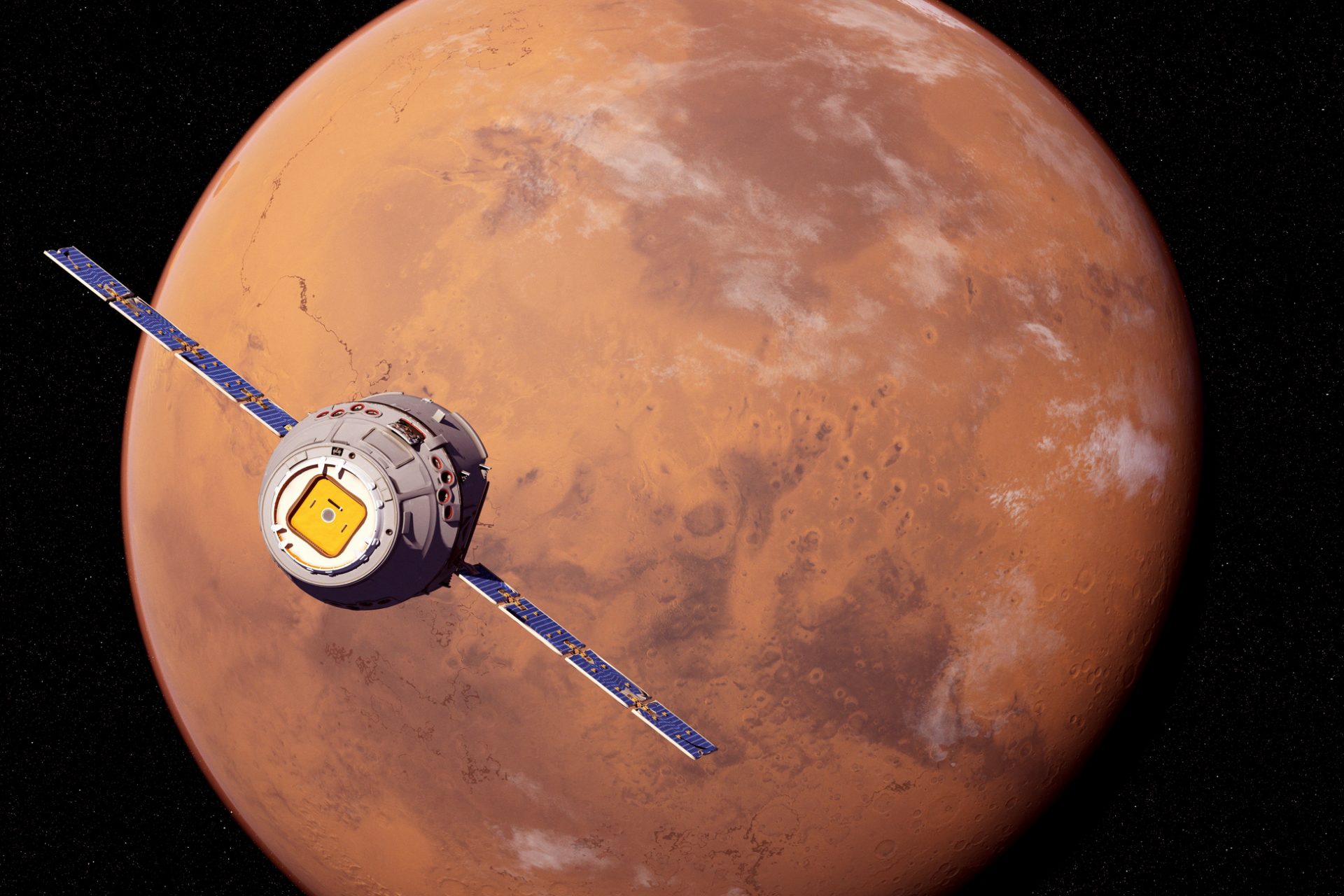Remember when NASA researchers discovered that an ancient lake once existed on Mars?
Does life exist outside on planets other than the Earth? This may be one of humanity's biggest unanswered questions, but researchers got closer to an answer in 2023 when they discovered something remarkable on Mars.
Shortly after the new year, the team of scientists operating NASA's Mars Curiosity Rover found what they believed was the best evidence yet that the dusty Red Planet was once home to an ancient shallow lake.
The discovery didn’t come as a complete shock to the scientific community since Curiosity was searching an area of Mars known as the Sulfite-Bearing Unit, a place many thought would provide the best evidence of the planet’s watery past.
Researchers were still surprised by what they found in the Sulfite-Bearing Unit, however, since most believed the area would only reveal evidence of “mere trickles of water” according to Jackie Wattles of CBS News.
“Scientists believed the rocks there formed as the surface of the red planet was drying out. Instead, the rover found some of the clearest evidence yet of ancient waters,” Wattles wrote.
The evidence Wattles was referring to was the discovery of wave-marked rocks that NASA said could only have been formed by a shallow lake that once covered the area.
"Billions of years ago, waves on the surface of a shallow lake stirred up sediment at the lake bottom, over time creating rippled textures left in rock," a NASA news release read at the time.
Images of the wave-marked rocks were taken by Curiosity in an area of the Sulfite-Bearing Unit researchers called the Marker Band Valley according to Wattles.
“The wave-marked rocks were found about one-half mile (800 meters) into Curiosity's ascent of Mount Sharp,” Wattles added.
"As the rover climbed higher, it traveled over rocks that would have formed more recently. That's why researchers didn't expect to see such clear markers of a large body of water,” Wattles continued.
The discovery of rocks that could have only been formed by the waves of a large body of water has provided researchers with some of the most compelling evidence they’ve ever had to prove Mars was once a planet covered in water like Earth.
"This is the best evidence of water and waves that we've seen in the entire mission," said NASA Jet propulsion Senior Scientist Ashwin Vasavada in a statement.
"We climbed through thousands of feet of lake deposits and never saw evidence like this—and now we found it in a place we expected to be dry," Vasavada added.
“The wave ripples, debris flows, and rhythmic layers all tell us that the story of wet-to-dry on Mars wasn’t simple,” Vasavada continued. “Mars’ ancient climate had a wonderful complexity to it, much like Earth’s.”
The Curiosity Mars Rover mission landed on Mars in August 2012 and has been gathering data on the Red Planet for more than ten-and-a-half years.
Originally, Curiosity was only slated to explore Mars for two years but its mission was extended indefinitely. "We will continue to operate Curiosity as long as it's scientifically viable," NASA's Associate Administrator for Science John Grunsfled said at the time.
According to NASA’s Jet Propulsion Laboratory website, Curiosity’s original mission was to discover if Mars was ever “habitable to microbial life,” something the rover proved early in its mission according to NASA’s website.
More for you
Top Stories






























